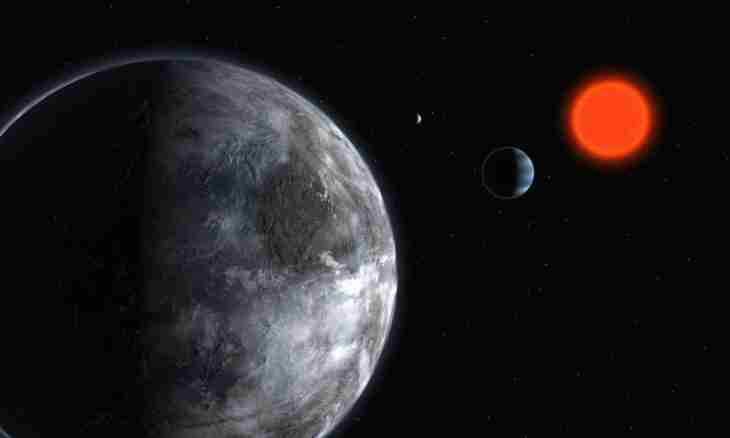The earth is the most attractive and attracting planet of the Solar system, the blue object storing in itself riddles of emergence of viable organisms. The planet ranks third by the sizes and the sixth in weight among the objects moving around the Sun.
To measure the mass of similar really superhuge object as Earth, - means, by practical consideration on the basis of the available physical and mathematical knowledge to define total amount of the substance which is its part, and these are neither more nor less rocks, a cloak, a semi-fluid kernel, the atmosphere, a magnetosphere and the hydrosphere of the planet.
History of measurements
For the first time the most exact knowledge of such indicator of Earth as weight, was received in 1776, since then numerous specifications yielded the result which is brought most closer to reality showed 5.967*10 in 24 degrees of kilograms.
Process of calculation of this indicator is based on the laws of terrestrial gravitation opened still by Galilei.
Galilei's laws say that bodies are inevitably attracted with a force proportional to their weight and to the distance which arose between them.
The simplest experiment in a range of definition of existence of gravitation is the experiment connected with measurement of a deviation of the suspended cargo. The deviation results from a cargo attraction a lead object weighing one ton. Researches showed that the size of a deviation is less than 0.00002 millimeters that gives the grounds for calculation of the interesting indicator of mass of the planet.
Dynamics of weight
Researches confirm that required size - an indicator dynamic, changing year after year under the influence of the planet of cosmic dust sinking on a surface which, by calculations, adds to Earth up to 30 thousand tons annually.
The mass of Earth is in some respects not so important as knowledge of mass of one its cubic meter.
Huge interest is also represented by such size as weight of one cubic meter of the earth, this rate today according to the carried-out calculations about 5.5 thousand kilograms are. Besides, the mass of the planet calculated experimentally compared to its radius gives all grounds for drawing up model of structure of an object and allows to determine the content of breeds of iron or glacial formations with rather high precision. These data have huge value not only for world economy, but also for geopolitics, understanding of that how much still minerals store the depths of the planet, allows to build truly relationship with neighbors and also pushes to a research of new lands. Rather small Earth, undoubtedly, concedes on weight to such giants belonging to the category gas as Uranium, the Neptune or Jupiter, however takes the leading positions among the planets which are characterized by a firm surface such as Mars, Venus or Mercury.
